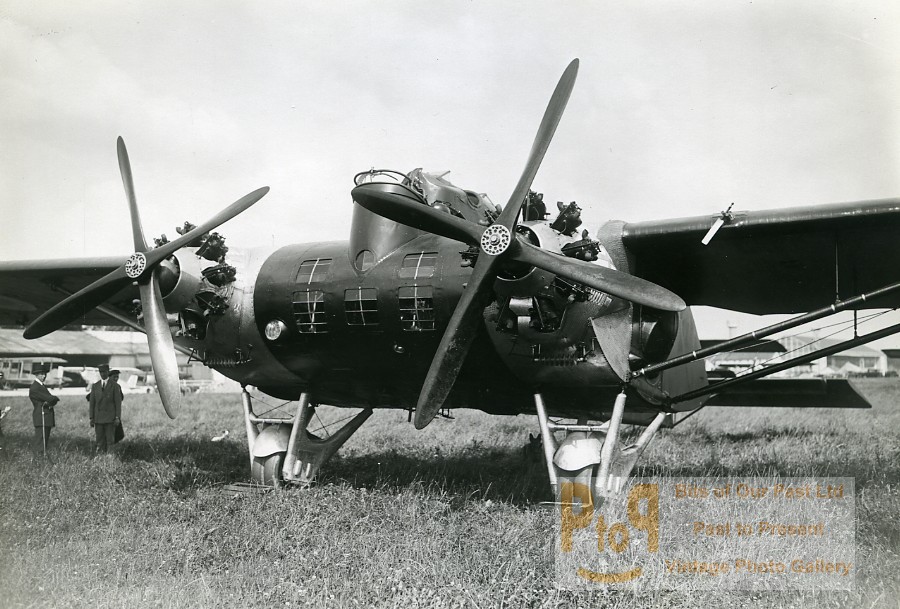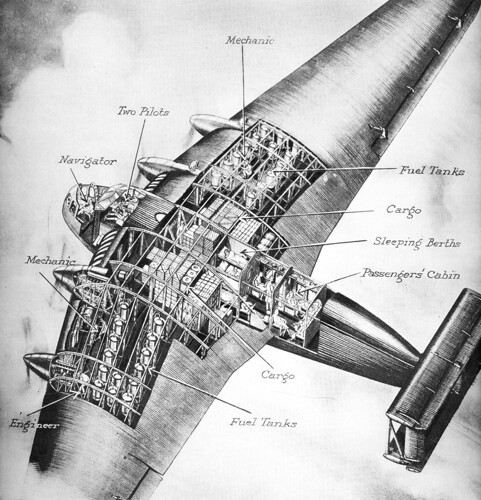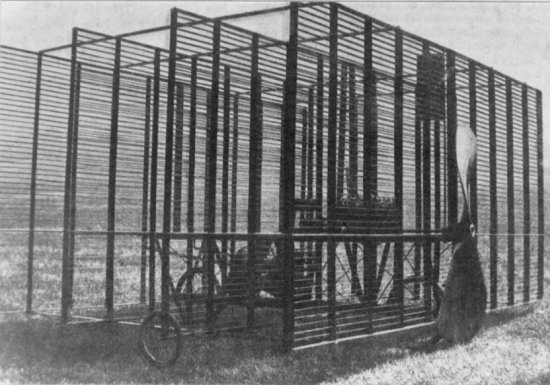Imagine if Bloch had called its aircraft the Bloch Bloch ??!!
Bloch Squared. Hehe.
Imagine if Bloch had called its aircraft the Bloch Bloch ??!!
More DB-10 pictures (just because)

K7 heavy bomber The most amazing airplane in History.....
Built in Russia during the 1930s, it flew 11 times before crashing and killing 15 people.




I can't get over how in that last picture the sensors protruding from the nose make the ekranoplan look like it's wearing glasses.Ekranoplanes occupy a wierd space between ugly and awesome.




IMHO, the DB10 is less stupid than it looks as that is a genuine 'lifting body'. Allows a lot of volume and a lot of strength, plus placid handling at low speeds. IIRC, it was remarkably tolerant of 'heavy landings' that would break a 'normal' plane of that era. Didn't DeGaulle use one while 'In Exile' during the war ?? There used to be a sprawling website claiming all sorts of safety benefits for the design which, sadly, segued into foil-beanie conspiracy theory about how the design was suppressed by the Usual Suspects of Big Aviation...


Looks like a Star Wars rebel corvette or something. >_>
Even sadder are all the decommed nuke & diesel subsIt's kind of strange that if you want to find the most advanced Russian Weapons of war today you need look into abandoned fields and rotting wharf's. It's like seeing a Nimitz parked along the old Baltimore Wharf's before they gentrified the harbor.
And to think that the whole insane idea actually worked, in that it not only avoided crashing, but actually successfully took out the targets it attacked.The Zveno project
I'm surprised that no one has mentioned this monstrosity yet, the PZL M-15 Belphegor. It also happens to be one of the loudest airplanes ever built. View attachment 304213
Just the fact that someone thought a jet powered biplane crop duster would be a good idea means that the good drugs were not just overindulged in, in the West during this era.

Yes. This is an actual aircraft.
OK, having greatly liked thorr97's post above, and learning the lesson that one should know more about the reasons and record of an apparently wacky layout, I have to ask:
Yes. This is an actual aircraft.